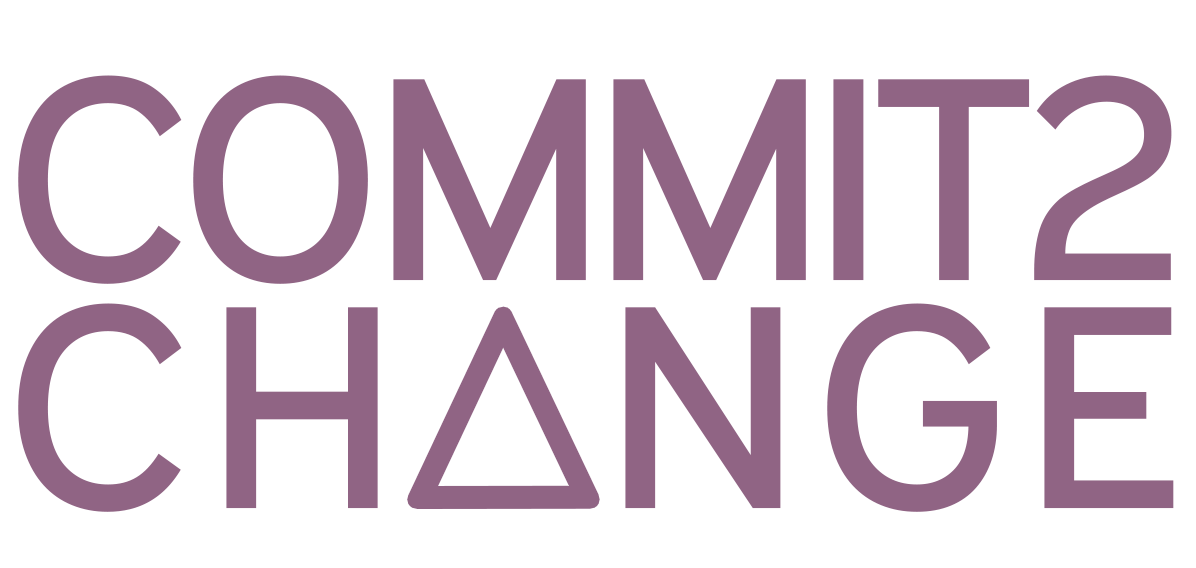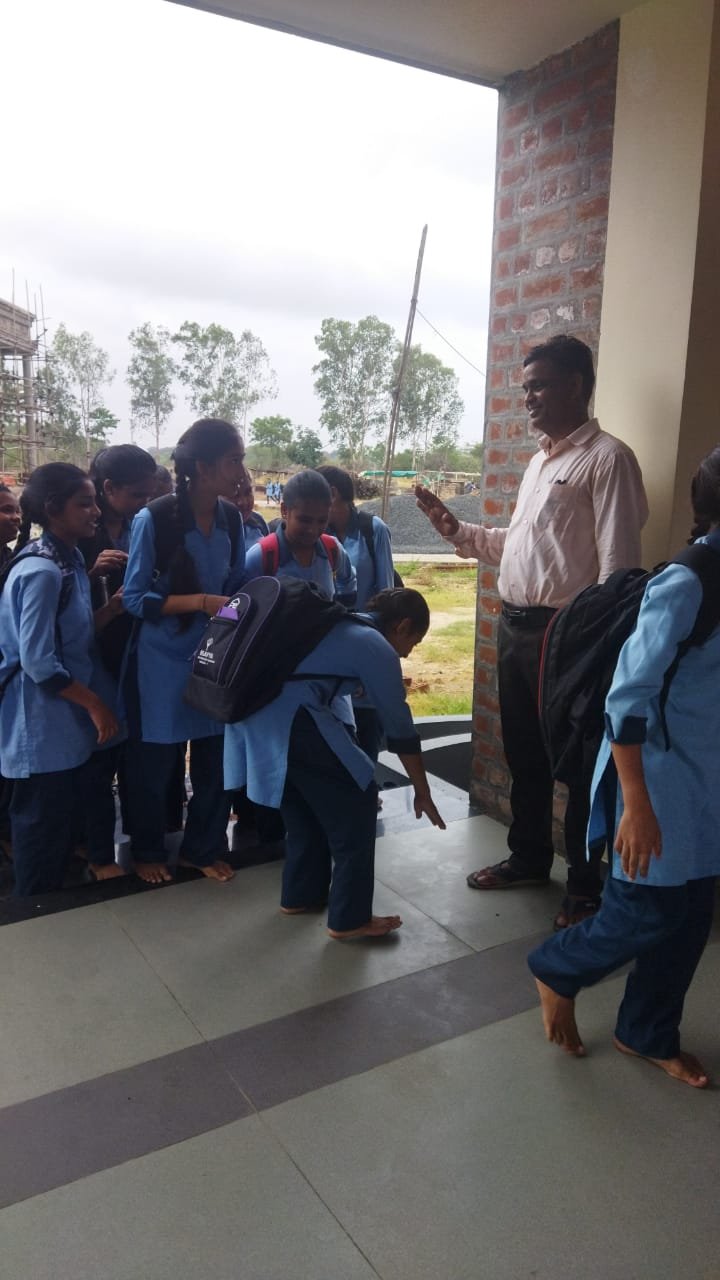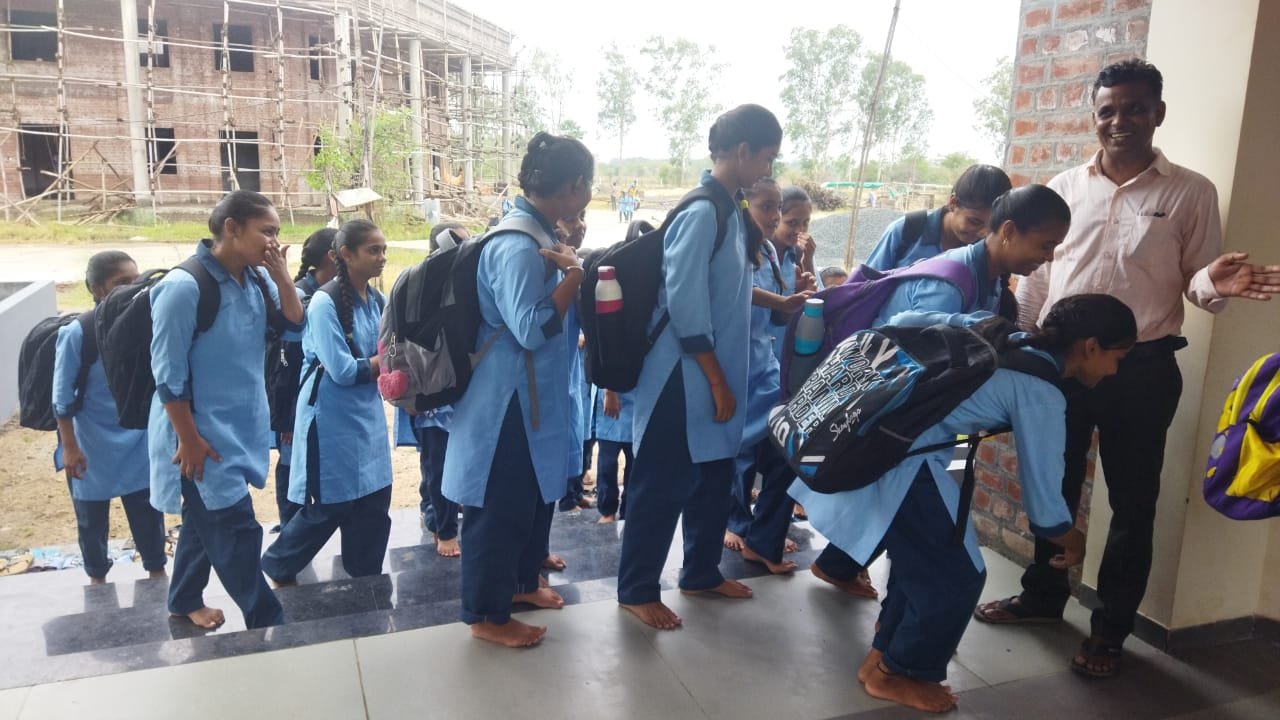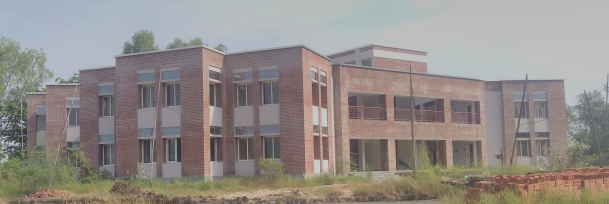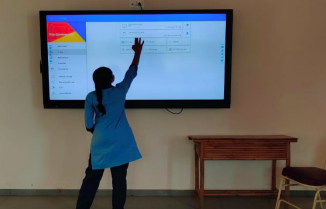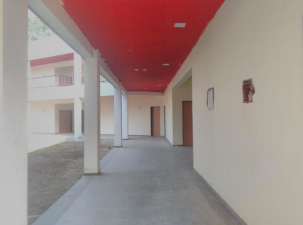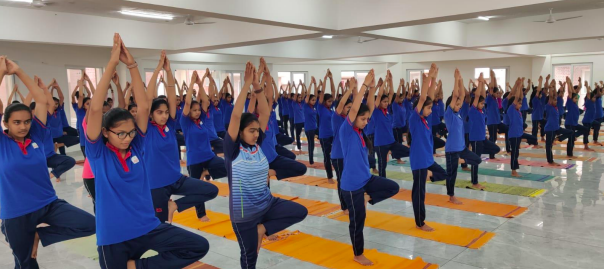Pragathi by her desk at Celegence
Abandoned as a baby and left on the steps of an NGO, Pragathi grew up considering it her home until the government shut it down due to serious allegations. Then, along with 17 other girls, she was sent to the Government State Home in Nimboliadda, Hyderabad, by the Women and Child Welfare Department, leaving her feeling abandoned for a second time and her future uncertain once again.
But everything changed in 2017 when C2C stepped in, providing Pragathi with access to education, mentorship, and ultimately a career opportunity that would secure her future. Relocated to a C2C partnership school in Hyderabad, Centre for Social Services, she found stability, care, and a renewed sense of family. Encouraged by the teachers and team on site, she began to envision a brighter future and embraced every opportunity to thrive, academically, personally, and professionally.
Pragathi excelled in her studies. At CSS NAM Girls High School, she achieved an impressive 8.5 GPA on her 10th-grade Board Exams. This success ignited her passion for science, motivating her to enroll in intermediate studies, where she continued to excel in her core subjects. Her dream of working in pharmacy, a field that would allow her to help others, began to take shape.
With continued guidance and support, Pragathi succeeded in the EAMCET exam, earning admission to the prestigious Sri Indu Institute of Pharmacy. During her college years, Pragathi’s research on CNS diseases earned her special recognition at a pharmaceutical exhibition, marking her as a rising talent in the field. Each milestone reinforced her belief that she could create meaningful change in the world.
As Pragathi approached graduation, C2C’s influence became even more critical. Understanding the importance of career placement, C2C leveraged its network to identify Celegence, a company interested in building an internship and employment pipeline for C2C graduates. Initially considered for an internship, Pragathi’s dedication and capabilities made such an impression that Celegence offered her a full-time position.
More than a job offer, this was the start of a brighter future. C2C continued to support Pragathi by sponsoring her travel to the new city and accommodation for six months, providing her with a stable foundation to begin her professional career.
“I am deeply grateful to both CSS and C2C for their support in helping me turn my dreams into reality.”
From her difficult beginnings to her success as a pharmaceutical professional, Pragathi’s journey exemplifies the profound power of education and opportunity. She represents the very reason C2C remains committed to creating sustainable pathways that empower young women to rise, thrive, and give back.
